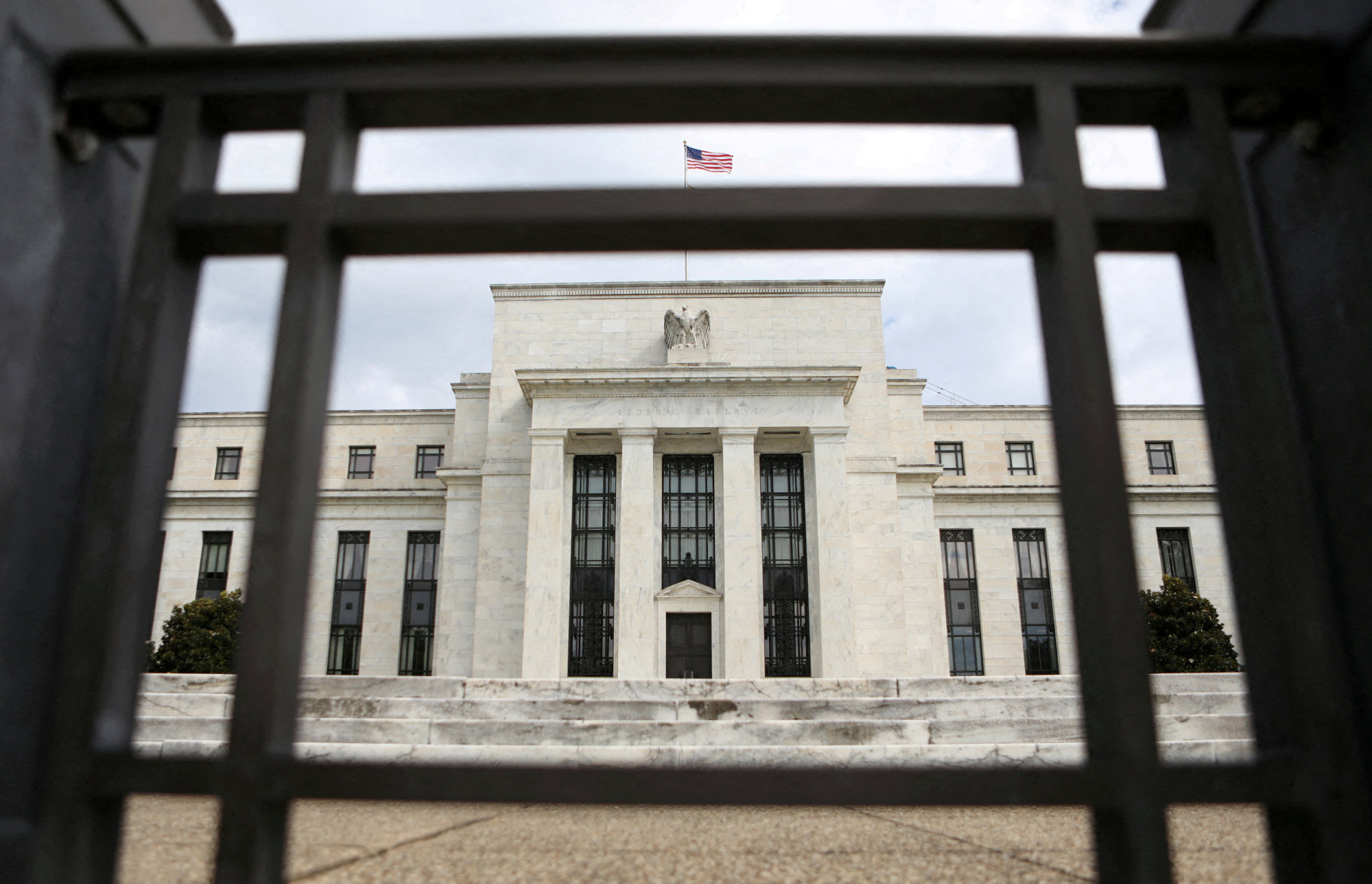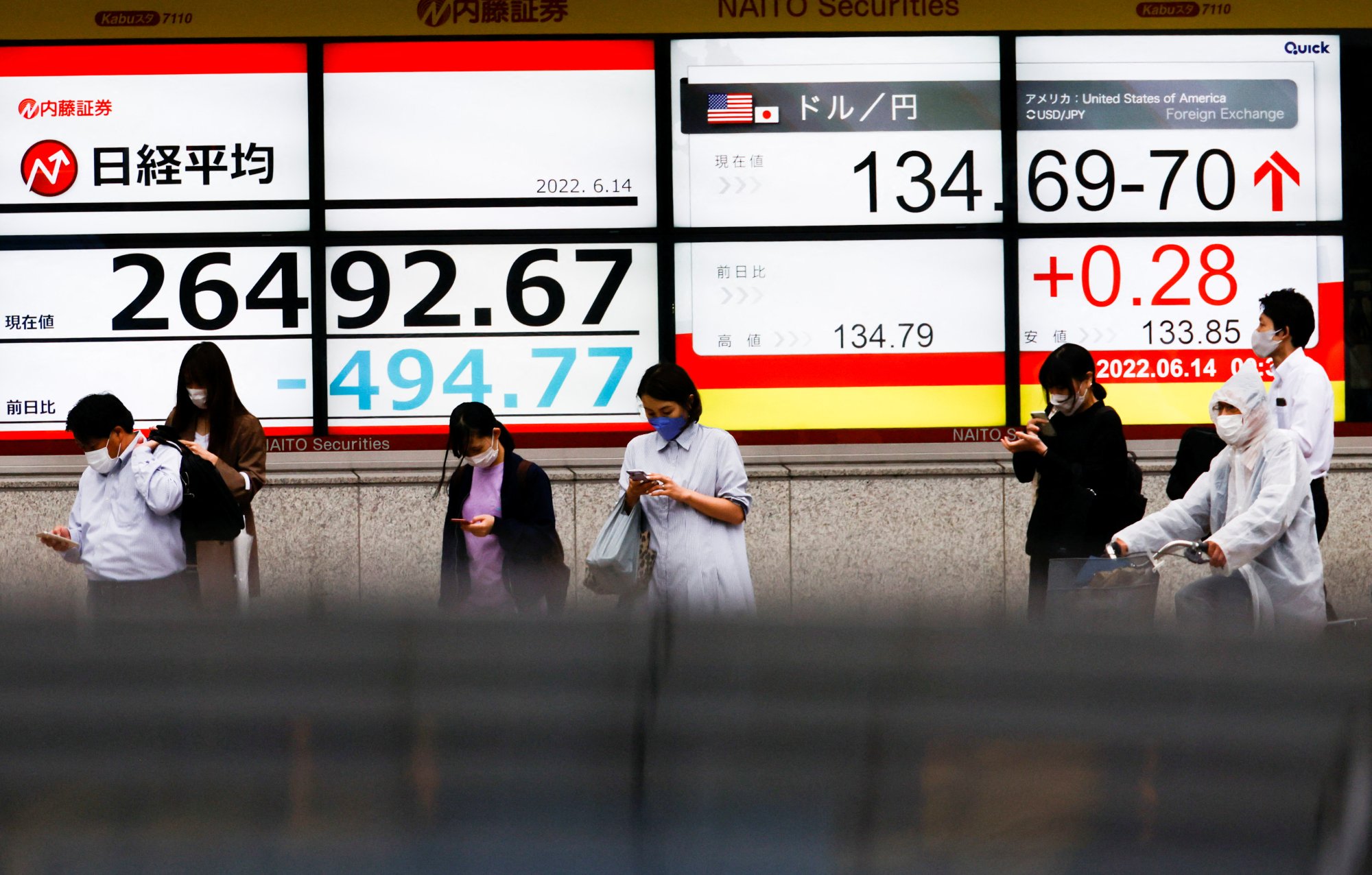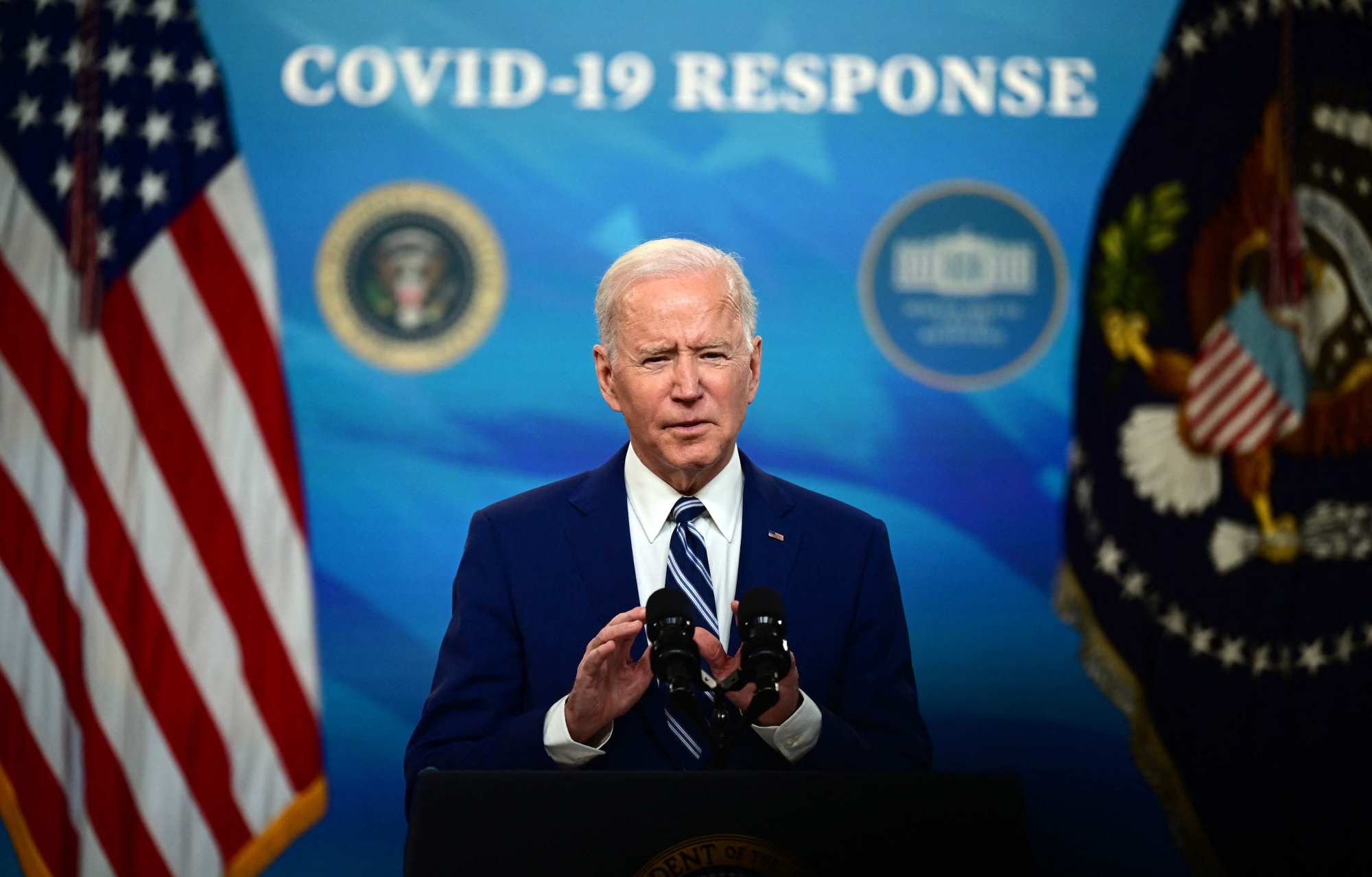
The real answer to inflation that no one wants to hear: stop spending
- Central banks are assuring markets they are dealing with spiralling inflation while doing nothing of the sort
- That’s because the only solution is to cut the flow of money, but neither governments nor markets are ready to reform their high-spending and highly speculative habits
The US Federal Reserve and other central banks are trying to convince financial markets that they will do everything possible to contain inflation.
Stimulus spending has led to massive fiscal deficits and debt-fuelled housing inflation. Rolling it back would lead to a crisis bigger than that of 2008. The central banks intend to inflate away excess debt, but want to keep bondholders in the dark about it; as the Chinese saying goes, it’s best to boil frogs slowly, because they don’t jump.

To deal with inflation properly, it’s important to understand why, for many years, the excess supply of money did not lead to inflation, what happened during this long lag, and why the dam separating money and inflation has now broken.
I have argued for the past 20 years that China’s entry into the world market was a one-time deflationary shock which kept inflation low despite rapid monetary expansion. The resulting excess liquidity kept interest rates artificially low and flowed into asset markets to create massive bubbles.
Instead, China is trying to exterminate a virus, just as it tried to exterminate mosquitos, flies, rats and cockroaches in 1958, and the effects are both inflationary at home and across the rest of the world.
If the West wants to contain inflation, it must cut the excesses built up during this free-lunch era. Fiscal deficits must come down quickly, and monetary policies normalise. Unfortunately, the long free lunch led to the build-up of economic and political practices that depend on free money, like government handouts and the rich getting richer on paper gains.
Normalising means, one, saying no to fairy-tale spending plans and, two, massive reduction in paper wealth. Politicians hate that. Their donors wouldn’t have the money to finance their careers, and the voters would throw rotten eggs at them. The pressure is all on central banks to keep the music going. That is why they must convince the market that they can handle inflation without actually meaning it.

The surging dollar is likely to tame US inflation for a bit. The rate may dip in the coming months. The Fed and the Wall Street cheerleaders will scream “it’s working”, disregarding that inflation is still way above interest rates.
This temporary illusion will bring back the bond buyers. The stock market cheerleaders will cry “buy, buy, buy” again. It will take many months for people to realise that the dip in inflation isn’t a long-term trend. Let’s see how long the Fed can fool the world.
In three pandemic years, the US government has run up a deficit double the size of its spending during World War II to defeat both Germany and Japan. The world has become a crazy town. The people who run it don’t know and don’t want to know.

Western Europe is at war with Russia in Ukraine, even though it doesn’t say so. But it still pays Russia nearly US$1 billion a day for oil and gas. Russia uses the money to keep the war going.
The world is headed towards inflation and chaos, because people don’t want to accept the hard truth: you must earn money through hard work before you can pay for a good time.
Andy Xie is an independent economist


